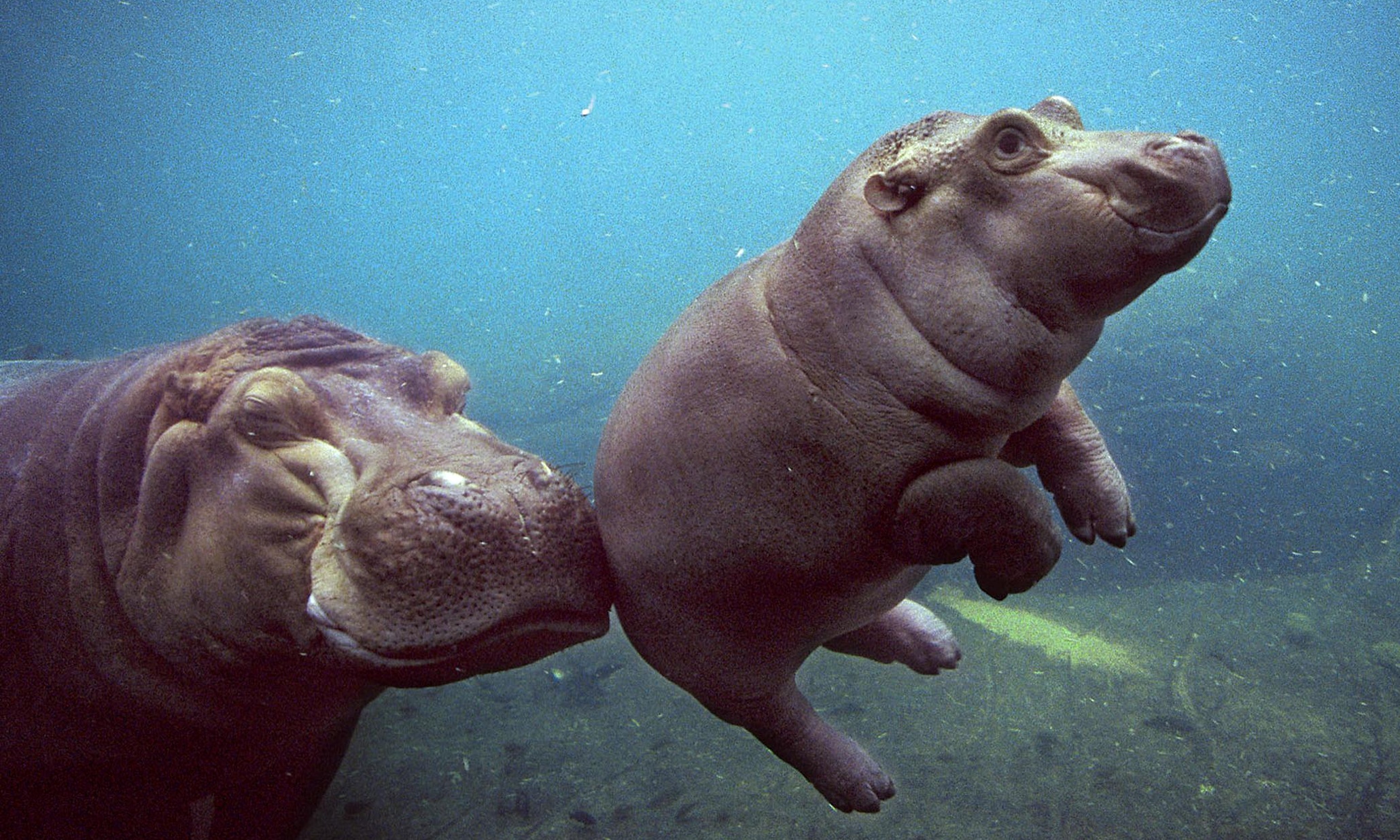
What happens if you draw a fly on the porcelain of a public urinal? Or you tell people that most of their neighbours pay their tax on time? Or you leave cut fruit on an eye-level table for your child to access whenever they want?
You change people’s behaviour with a carrot, not a stick.
Nudge Theory
Nudge theory is a behavioural economics concept, which argues that by presenting choices through positive reinforcement and indirect suggestions, people make wiser decisions without losing their freedom of choice.
For comparison, conventional methods of changing people’s behaviour use direction and enforcement, often with the threat of punishment. Whereas Nudge entails changing people’s environment and choices so they are more likely to make decisions that are helpful and positive for themselves, society and the planet.
So, in answering my questions, when you draw a fly on the porcelain of a public urinal you give men a target. This simple intervention was found to make bathrooms at Amsterdam’s Schiphol Airport 80% cleaner. No need for firmly worded posters demanding cleanliness, or punishment for particularly badly-aimed offenders.
The UK government found that when you replace the sentence “nine out of 10 people in the UK pay their tax on time” with “the great majority of people in [the taxpayer’s local area] pay their tax on time”, you increase the proportion of people who pay their income tax before the deadline.
And when you make cut fruit easily available for your child, you enable them to fill up and get used to the taste and texture of healthy foods on their own terms, without any temper tantrums or parental “don’t-make-me-make-you!” moments.
Nudge theory was popularised through the release of the book ‘Nudge: Improving Decisions About Health, Wealth and Happiness’, and has been adopted particularly by the UK government as a mass behaviour change tool.
In Victoria, VicHealth use Nudge as part of their health promotion toolkit. An example is the Water Initiative which is testing whether building water fountains with bottle refill functionality in busy areas of Melbourne’s CBD increases the amount of water people drink (a positive health outcome).
How to ‘Nudge’
Nudge doesn’t have to be an over-complicated science for use only by behavioural economists. When broken down, there are some simple ways to use Nudge to achieve your organisations societal or environmental goals (or your parenting goals!).
Broadly, use these as a starting block when developing an initiative or campaign that aims to change an individual’s behaviour.
- Give incentives. Encourage and reward rather than punish or penalise.
- Understand mappings. Help people to map their options in order to make decisions that benefit them.
- Set defaults. Re-define what happens if a person does nothing. For example, make salad the standard side-dish, instead of chips.
- Give feedback. Inform people when they are doing well or how they might do better.
- Expect error. Behaviour change doesn’t often happen first time around. To succeed, offer relapse prevention strategies.
- Structure complex choices. Facilitate weighing up the pros and cons of different options.
Specifically, below are six examples of ‘nudge’ types and briefly how to use each one.
| Nudge type | Description | How to use Nudge |
|---|---|---|
| Temptation | Greed, inability to delay gratification, fear of missing out | Use short-term easy gains as incentives to break inertia. Clarify long-term risks of unwise, short-term, quick gratification decisions. |
| Priming | Preparing people for change | Help people visualize positive actions and outcomes. Encourage people to consider, explore, and assess steps and strategies – how they can do things. Help people think and decide. Educate and inform people, especially as to relevant causes and effects. Give people tools and training, not answers – avoid thinking and deciding for people. |
| Sympathy | Ease of engaging and adopting | Be empathic and ‘in tune’ with the audience. Imagine you are the audience when you design and style communications and interventions. Test communications and interventions on an audience sample and refine accordingly. |
| Sensory | Sound, smell, visual and other sensory influences | Discover indirect sensory interventions that can influence given situations – think music, smell, warmth etc. Develop these interventions to ‘nudge’ people’s feelings, actions and thinking to being more open to helpful options. At its simplest this might be playing music to relax people. |
| Conforming | The mob effect | Avoid positioning helpful choices in ways that seem non-conformist or which expose or isolate people. Build people’s confidence and self-belief so they become less dependent on conforming. Facilitate real clarity of understanding between groups to avoid/dispel false assumptions and reduce risks of people following a wrongly perceived group view. |
| Self-control strategies | Habits and routines to counter weaknesses | Discover and understand the self-control strategies that your audiences use. Construct offerings so that they fit with people’s systems, habits, and their preferred ways of doing things. |
These are six of many Nudge types, which can be used in isolation or combination to create an environment where people freely make decisions that will have better outcomes for themselves, society or the environment.
Nudge Theory is an incredibly useful tool for designing new, or improving current, initiatives and campaigns.
Even Homer appreciates the occasional ‘nudge’.


